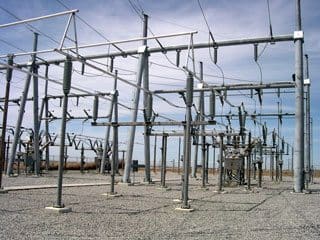
The construction of new substations and the expansion of existing facilities are commonplace projects in electric utilities. However, due to the complexity, very few utility employees are familiar with the complete process that allows these projects to be successfully completed.
This article will attempt to highlight the major issues associated with these capital-intensive construction projects, and provide a basic understanding of the types of issues that must be addressed during this process.
There are four major types of electric substations.
The first type is the switchyard at a generating station. These facilities connect the generators to the utility grid and also provide off-site power to the plant. Generator switchyards tend to be large installations that are typically engineered and constructed by the power plant designers and are subject to planning, finance, and construction efforts different from those of routine substation projects. Because of their special nature, the creation of power plant switchyards will not be discussed here, but the expansion and modification of these facilities generally follow the routine processes.
Another type of substation is typically known as the customer substation. This type of substation functions as the main source of electric power supply for one particular business customer. The technical requirements and the business case for this type of facility depend highly on the customer’s requirements, more so than on utility needs, so this type of station will also not be the primary focus of this discussion.
The third type of substation involves the transfer of bulk power across the network and is referred to as a switching station. These large stations typically serve as the end points for transmission lines originating from generating switchyards, and they provide the electrical power for circuits that feed distribution stations. They are integral to the long-term reliability and integrity of the electric system and enable large blocks of energy to be moved from the generators to the load centers. Since these switching stations are strategic facilities and usually very expensive to construct and maintain, these substations will be one of the major focuses of this article.
The fourth type of substation is the distribution substation. These are the most common facilities in electric power systems and provide the distribution circuits that directly supply most electric customers.
They are typically located close to the load centers, meaning that they are usually located in or near the neighborhoods that they supply, and are the stations most likely to be encountered by the customers. Since the construction of distribution stations creates the majority of projects in utility substation construction budgets, these facilities will be the other major focus of this article.
Needs Determination
An active planning process is necessary to develop the business case for creating a substation or making major modifications. Planners, operating and maintenance personnel, asset managers, and design engineers are among the various employees typically involved in considering such issues in substation design as load growth, system stability, system reliability, and system capacity, and their evaluations determine the need for new or improved substation facilities. Customer requirements, such as a new factory, etc., should be considered as well as customer relations and complaints.
In some instances, political factors also influence this process, such as when reliability is a major issue. At this stage, the elements of the surrounding area are defined and assessed, and a required in-service date is established. The planning process produces a basic outline of what is required in what area.
Budgeting
Having established the broad requirements for the new station — such as voltages, capacity, number of feeders, etc. — the issue of funding must be addressed. This is typically when real estate investigations of available sites begin, since site size and location can significantly affect the cost of the facility. Preliminary equipment layouts and engineering evaluations are also undertaken at this stage in order to develop ballpark costs, which then have to be evaluated in the corporate budgetary justification system.
Preliminary manpower forecasts for all disciplines involved in the engineering and construction of the substation should be undertaken, including identification of the nature and extent of any work that the utility may need to contract out.
This budgeting process will involve evaluation of the project in light of corporate priorities and provide a general overview of cost and other resource requirements. Note that this process may be an annual occurrence. Any projects in which monies have yet to be spent are generally reevaluated during every budget cycle.
Financing
Once the time has arrived for work to proceed on the project, the process of obtaining funding for the project must be started. Preliminary detailed designs are required in order to develop firm pricing.
Coordination between business units is necessary to develop accurate costs and to develop a realistic schedule. This may involve detailed manpower forecasting in many areas. The resource information has to be compiled in the format necessary to be submitted to the corporate capital estimate system, and internal presentations must be conducted to sell the project to all levels of management.
Sometimes it may be necessary to obtain funding to develop the capital estimate. This may be the case when the cost to develop the preliminary designs is beyond normal departmental budgets, or if unfamiliar technology is expected to be implemented. This can also occur on large, complex projects or when a major portion of the work will be contracted.
It may also be necessary to obtain early partial funding in cases where expensive, long-lead-time equipment may need to be purchased, such as large power transformers.
SOURCE: James C. Burke; Anne-Marie Sahazizian – How Substation Happens

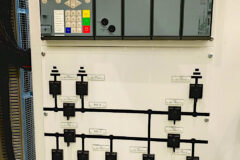





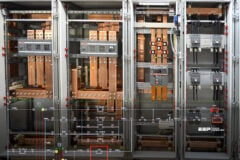
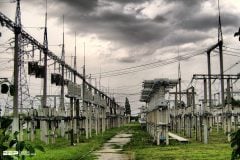
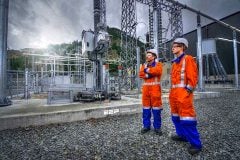

write 7-pages about substation construction in terms of cost